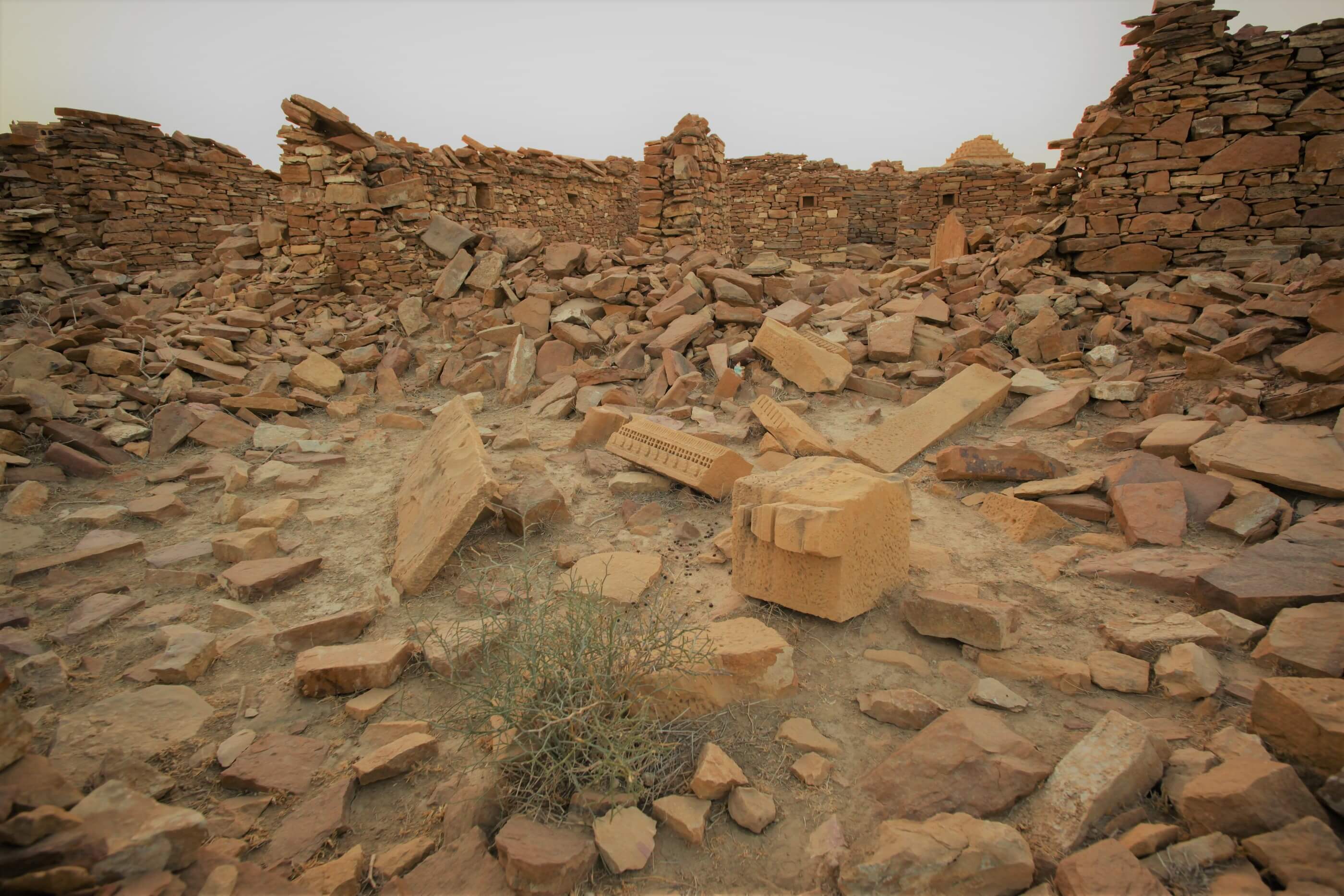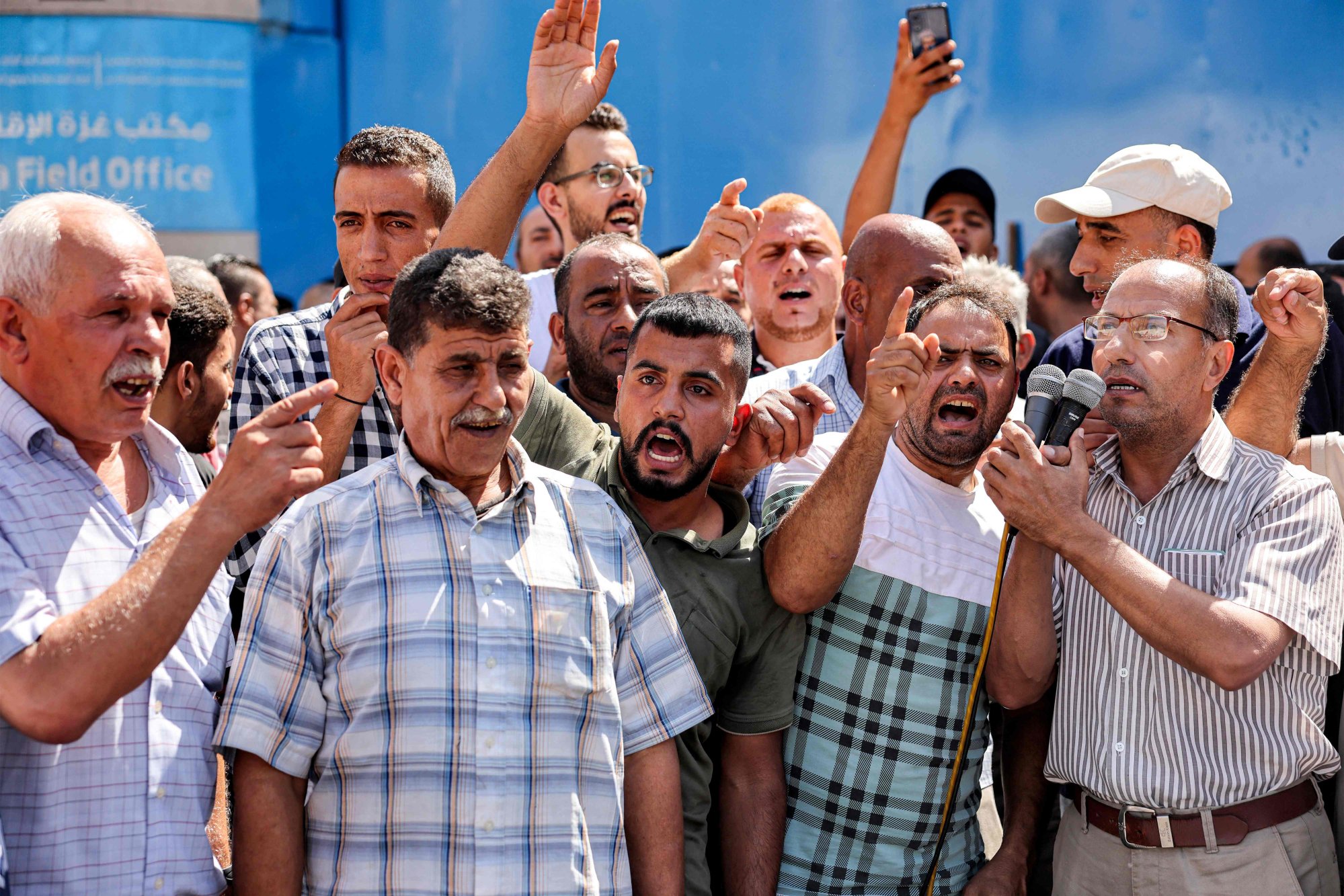Musa Alami's farm in Jericho has become a topic of significant controversy and discussion, primarily due to the mysterious circumstances surrounding its destruction. As we dive into this subject, it's essential to understand not just what happened, but also the historical context that gives depth to this tragic event. This blog post will unravel the story behind the farm and provide insights into Musa Alami's contributions to agriculture and community in the region.
Historical Background of Musa Alami's Farm

Musa Alami was a prominent figure in the agricultural community of Jericho, known for his innovative farming techniques and dedication to sustainable agriculture. Established in the mid-20th century, Alami's farm became a model for local farmers, showcasing how modern practices could harmonize with traditional methods. The area around Jericho, often referred to as one of the oldest inhabited places on Earth, has a rich agricultural heritage. Alami’s farm played a crucial role in today’s farming landscape of this historic region.
Alami was born into a family with deep agricultural roots, and his passion for farming was evident from a young age. Under his stewardship, the farm expanded to cover a substantial area, featuring:
- Diverse crops including olives, figs, and citrus fruits
- Modern irrigation systems that utilized both ground and surface water efficiently
- Organic farming practices that emphasized soil health and crop rotation
Additionally, Alami was active in community initiatives aimed at promoting sustainable farming practices. He offered training sessions and workshops for local farmers, hoping to uplift the entire agricultural community within Jericho. His work not only advanced farming techniques but also fostered a sense of unity among the farmers in the region. The loss of his farm is not merely about the destruction of land; it symbolizes a significant setback for the sustainable agricultural movement in Jericho.
Understanding the historical significance of Musa Alami’s farm helps us appreciate the magnitude of its destruction and the potential impacts on the local community and agricultural practices.
Analysis of the Destruction Events

The destruction of Musa Alami's farm in Jericho didn't happen overnight; it was part of a broader sequence of events that involved various stakeholders and underlying tensions in the region. Understanding these events requires a closer look at what actually transpired and why it mattered.
Firstly, the destruction can be dated back to recurring conflicts in the area which often manifest as clashes between landowners and other entities seeking to assert their influence. Events leading to the destruction included:
- Escalation of Tensions: Tension mounted in the region over land rights, water access, and agricultural practice.
- Incidents of Harassment: There were reports of harassment faced by the farm workers prior to the destruction, which hinted at escalating hostilities.
- Legal Disputes: Ongoing legal battles over land ownership drew deeper lines between opposing sides, making destruction feel inevitable.
As for the day of the destruction, eyewitness accounts describe a flurry of activity, including heavy machinery moving in and out of the property. The extent of the damage was significant, with crops destroyed, equipment damaged, and infrastructure severely impacted. Multiple sources have noted that the destruction not only harmed Musa Alami's financial status but also affected surrounding communities heavily reliant on his agricultural output.
In summary, the destruction was not merely an isolated event; it was the culmination of a series of tensions that had been brewing for quite some time. Understanding the full scope of these events is crucial to grasping both the emotional and economic ramifications faced by those involved.
Key Players Involved in the Conflict

The conflict surrounding Musa Alami's farm involves multiple key players, each with their own motivations and agendas. It’s essential to identify and understand who these individuals and groups are, as they significantly influenced the unfolding events.
| Key Player | Role | Motivation |
|---|---|---|
| Musa Alami | Farm Owner | Seeking to protect his livelihood and uphold his land rights. |
| Local Authorities | Government Representatives | Enforcing laws, managing land disputes, often viewed as biased. |
| Land Occupiers | Affected Entities | Interested in land reallocation and asserting claims over disputed areas. |
| Community Activists | Advocates for Land Rights | Working to support landowners like Alami and protect communal interests. |
In this conflict, each player contributes to the narrative, with their actions and decisions reverberating throughout the community. Musa Alami and his supporters see the urgency of ensuring agricultural sustainability against pressures that threaten their way of life. On the other hand, local authorities often navigate a complex landscape of governance, which can sometimes lead to the perception of partiality.
By grasping the roles and motivations of these key players, we can better understand the dynamics of the conflict and the challenges faced in seeking resolution. Each stakeholder has a significant impact on the situation, shaping not just the future of Musa Alami's farm but the broader landscape of agriculture and community relations in Jericho.
Impact on the Local Community
The destruction of Musa Alami's farm in Jericho had profound implications for the local community, shaking not just the agricultural foundations but also the social fabric that binds the residents together. The farm was more than just a piece of land; it was a source of livelihood, a space for communal gathering, and a vital contributor to the local economy.
When such a significant agricultural asset is lost, it ripples through the entire community in various ways:
- Economic Strain: The immediate loss of income for Musa Alami and his workers leads to reduced spending in the local market. This can cause a chain reaction, affecting local businesses and eventually leading to job losses across the community.
- Food Security: With the loss of crops, the community faces challenges in food availability. Jericho is known for its agricultural output, and the loss of a key farm threatens local food supply and prices.
- Psycho-social Impact: The destruction can lead to feelings of despair and helplessness. The community may experience stress, anxiety, and a sense of loss that can affect mental health and social cohesion.
- Displacement: Farm workers who depended on Musa for employment may be forced to seek work elsewhere, leading to potential migration out of the area and a loss of community ties.
In summary, the impact on the local community is multifaceted, affecting not just the immediate economic situation but also the social and psychological well-being of its residents.
Conclusion and Reflection on Historical Events
The tragic event of Musa Alami's farm destruction serves as a pivotal moment for reflection on historical events in the region. It's essential to analyze this situation within a broader context, as it encapsulates themes of conflict, resilience, and the struggle for justice that have permeated the area for generations.
This incident highlights some key thoughts:
- Historical Context: Understanding the history of land ownership and agricultural practices in Jericho can shed light on the significance of the farm. It also emphasizes the long-standing struggles faced by farmers in the region.
- Resilience of Communities: Despite the challenges, the local community often finds ways to rebuild and adapt. This resilience is a theme seen throughout history as communities come together to confront adversity.
- Need for Dialogue: Such incidents reinforce the necessity for open discussions among all stakeholders in order to foster understanding and promote peace. Acknowledging grievances can lead to healing and potential reconciliation.
- Lessons for the Future: Reflecting on the destruction of the farm prompts us to consider sustainable agricultural practices and the importance of protecting local economies and livelihoods.
In conclusion, the destruction of Musa Alami's farm is not merely an isolated incident; it is a reminder of the complex interplay of history, conflict, and community resilience in Jericho. Reflecting on these events encourages dialogue and understanding, fostering a more hopeful future for all involved.










